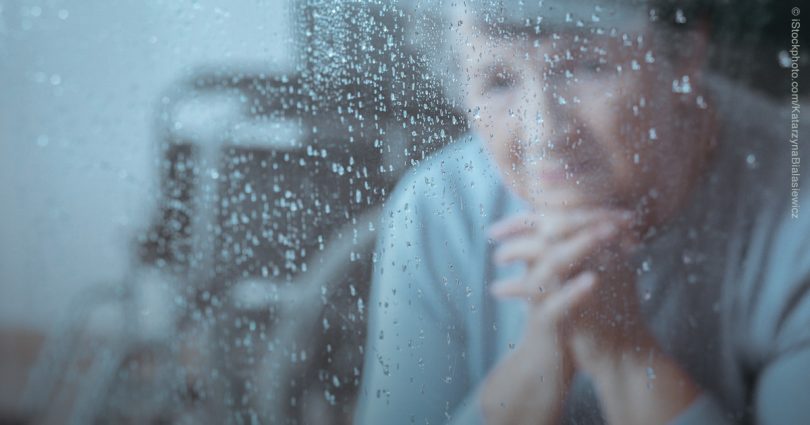By Anne O’Meara
Editor’s note: An estimated 1.5 million individuals are under some form of guardianship, with combined assets of around $273 billion.[1] With these kinds of numbers, the opportunities for abuse are abundant.
I lost everything — because I fell down the stairs.
Ginger Franklin was just 49 years old when she fell down the stairs of her townhouse in 2008.[2] She was taken to the hospital with a severe brain injury. Doctors were uncertain if she would ever recover. Since Ms. Franklin had no immediate family and had never designated anyone to make decisions for her if she became incapacitated, her aunt petitioned the court for a guardian. The court-appointed guardian placed Ms. Franklin in a group home for seriously mentally ill adults. Ms. Franklin, however, was not mentally ill and recovered. Seven weeks later she was ready to transition home. It was then the guardian advised that Ms. Franklin didn’t have a home anymore and that her townhouse was empty.
As is common in guardianship situations, the court had given authorization to the guardian to sell Ms. Franklin’s home and its contents. Not having a home to go to, Ms. Franklin went to another group home. The owners of the group home put her to work. Ms. Franklin was forced to shop for groceries, cook, clean the owners’ personal home — all for no pay. During this time, she was paying $850 in monthly rent to the owners and $200-per-hour attorney fees to the guardian for such tasks as writing checks and leaving phone messages. With the help of media attention and patient advocacy, Ms. Franklin successfully fought the guardianship in court, winning her freedom in 2010.
Not allowed visitors, she died alone.
Then there’s the case of the 103-year-old retired schoolteacher, Marian Leonard, who died in hospice all alone after being assigned a court-appointed guardian by a Jefferson County (Alabama) probate judge. In an interesting twist, Ms. Leonard did not live in Jefferson County but was caught up in the county’s rules when she stopped at a hospital on her way home from a trip. Her new court-appointed guardian soon prohibited all visitors from seeing her, including her own daughter. Sadly, Ms. Leonard was not allowed to see her daughter before she passed away.[3]
Could this happen to you?
Whether a predatory lawyer runs up exorbitant expenses or a guardian imprisons/confines their ward and restricts access to friends and family, it is an abuse of a vulnerable person. “In a matter of weeks, a victim can become a nonperson, with fewer rights than a convicted felon.” [4]
Guardianship is a legal process that is set up to protect individuals who are unable to care for themselves. It is undoubtedly beneficial when guardians are necessary and sincerely look out for their wards’ best interests. On the other hand, it may be one of the biggest, unrecognized criminal enterprises threatening the vulnerable today. The extent of abuse by guardians is unknown. This is due to limited available data on key considerations related to elder abuse by a guardian, such as the number of guardians serving older adults, the number of persons in guardianships, and the number of cases of elder abuse by guardians. One thing is certain — more adults will be at risk of abuse as boomers continue to age, which leaves one to wonder, “Could this happen to me?”
Sources:
1. Guardianship Abuse is Elder Abuse | Opinion (newsweek.com)
2. Ginger Franklin, Abuses of Guardianship and Conservatorship in the U.S. (nextavenue.org)
3. Guardianship Abuse is Elder Abuse | Opinion (newsweek.com)
4. Ibid.
This article has been reprinted with permission. To find out how you can protect yourself and your loved ones, visit the Healthcare Advocacy and Leadership Organization at halovoice.org.



